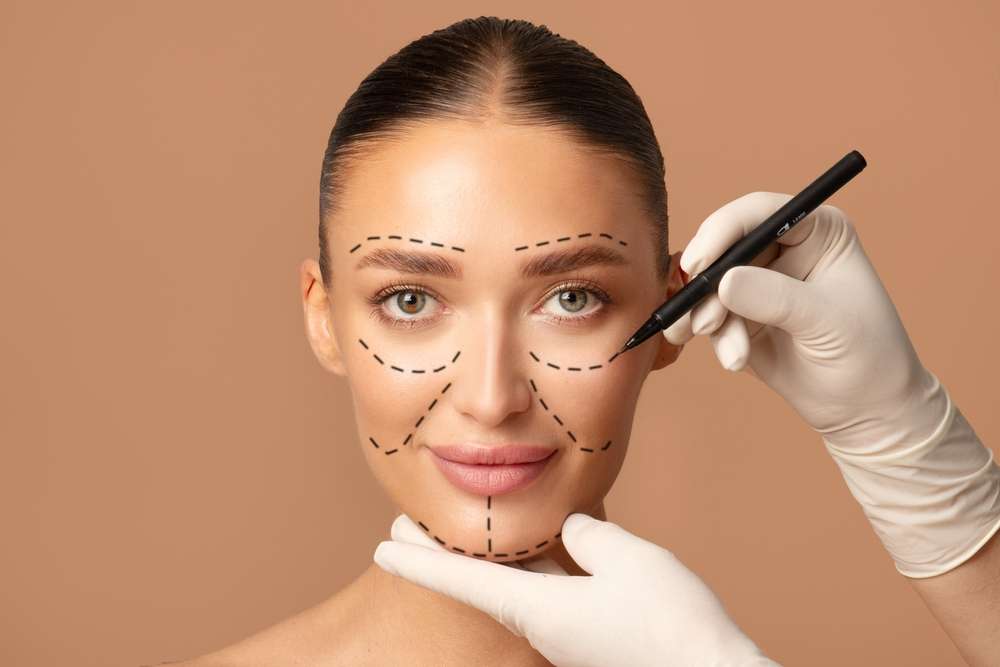Eye Bag Treatments: Causes, Options, and What to Expect
Under-eye bags are a common cosmetic concern that can affect appearance and confidence. They arise from a mix of factors including aging, genetics, fluid retention, lifestyle and some medical conditions. This article explains common causes, non-surgical and surgical treatment options, how to choose a practitioner, and realistic expectations for results and recovery, with practical guidance for finding local services.

What causes under-eye bags?
Under-eye bags form when the tissues and muscles supporting the eyelids weaken or when fat that normally cushions the eye moves forward into the lower eyelid. Age-related loss of skin elasticity and reduced collagen contribute to sagging, while genetics determine how prominently this appears. Fluid retention from salt intake, allergies, sleep patterns, and hormonal fluctuations can temporarily worsen puffiness. In some cases medical issues such as thyroid disease or persistent inflammation play a role, so assessment by a healthcare professional can be useful.
What non-surgical treatments are available?
Non-surgical approaches focus on reducing puffiness, tightening skin, or masking the appearance. Lifestyle adjustments — improved sleep, reduced salt, allergy management, and smoking cessation — can help. Topical products with retinoids, peptides or mild retinol can support skin firmness over time, while caffeine-containing creams may temporarily reduce swelling. In-clinic non-invasive treatments include chemical peels for texture, microneedling to stimulate collagen, radiofrequency or ultrasound skin tightening, and injectable fillers to smooth hollowing beneath the eye. Each option has different expected benefits, downtime and suitability depending on skin type and the primary cause of the eye bag.
When are surgical procedures considered?
Blepharoplasty (lower eyelid surgery) is the most widely used surgical option for persistent under-eye bags caused by fat prolapse or excess skin. The operation can remove or reposition fat and tighten skin and muscle for a longer-lasting result than non-surgical methods. Surgery is typically considered when non-invasive treatments provide insufficient improvement or when anatomical changes (such as pronounced fat herniation) are the main cause. Recovery usually involves several days of swelling and bruising, with gradual improvement over weeks; full settling of results can take a few months. As with any surgery, discuss risks, potential complications and realistic outcomes with a qualified surgeon.
How to choose a provider and what to expect from consultations
When looking for local services, seek qualified clinicians with relevant credentials and experience in eyelid procedures or periocular treatments. For surgical options, choose a board-certified plastic surgeon or oculoplastic surgeon; for non-surgical care, look for dermatologists or medically trained practitioners with specific experience in periocular treatments. A thorough consultation should include medical history, assessment of skin quality and underlying anatomy, photographic documentation, and a clear discussion of alternatives, risks and recovery. Providers should show before-and-after examples and explain follow-up care. Ask about the setting for procedures (clinic vs hospital), anesthesia plan and contingency protocols for complications.
Realistic timeline, expectations, and safety considerations
Results vary by treatment type. Non-surgical methods often need multiple sessions and periodic maintenance; improvements can be noticeable within weeks but are usually subtler and temporary. Surgical blepharoplasty provides more durable changes but carries higher immediate recovery needs. Safety considerations include avoiding aggressive treatments near the eye without proper medical oversight; infections, contour irregularities, dry eyes, and pigment changes are possible adverse effects. Always disclose medications, prior eye conditions, or bleeding disorders during consultations. If symptoms like pain, sudden vision changes, or persistent swelling occur after treatment, seek prompt medical attention.
This article is for informational purposes only and should not be considered medical advice. Please consult a qualified healthcare professional for personalized guidance and treatment.
In summary, treating under-eye bags involves identifying the primary cause — whether age-related tissue changes, fluid retention, genetics, or medical issues — and choosing appropriate measures from lifestyle changes and topical care to non-surgical procedures or surgery. Careful assessment by an experienced clinician, realistic expectations about outcomes and recovery, and attention to safety will help you select the right approach for your situation and find reputable local services in your area.




